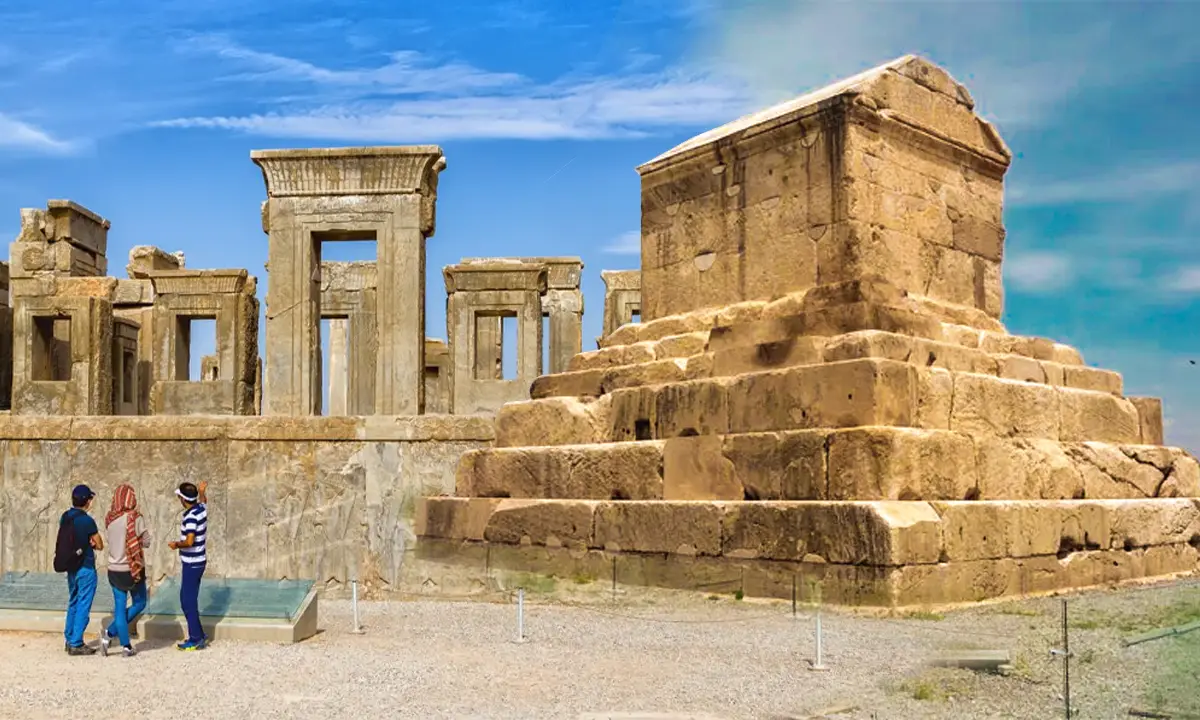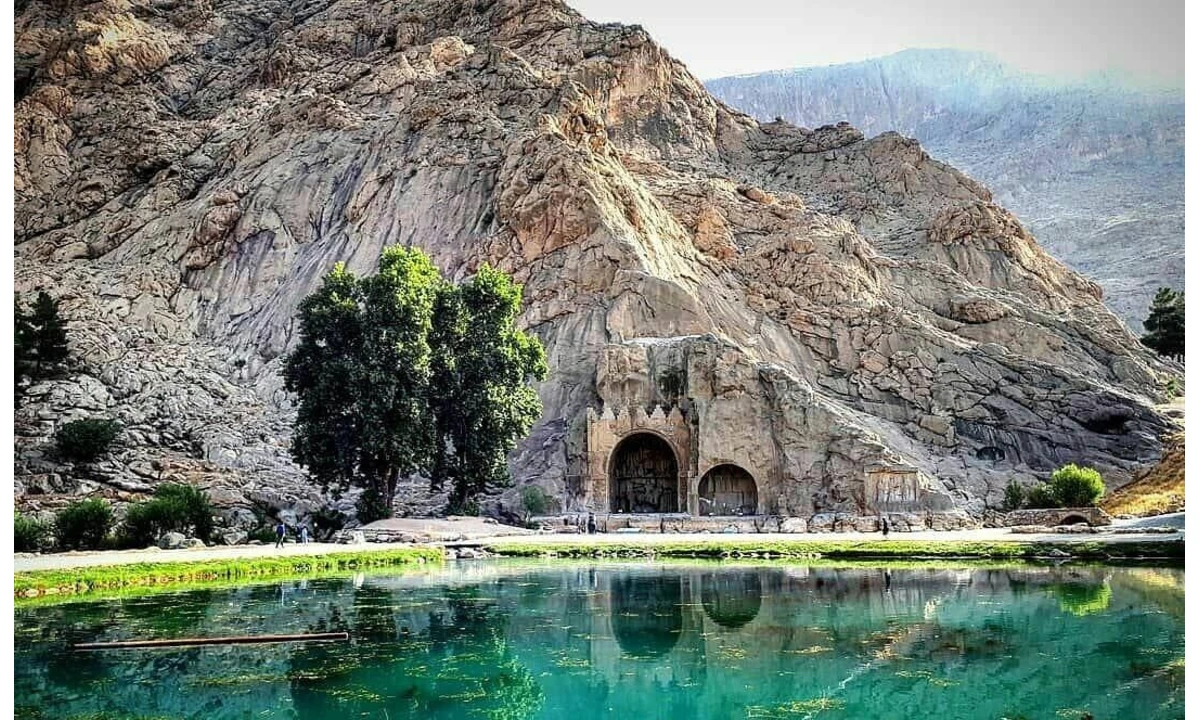Iranian Architecture | Know Iran
![]() Author : Alirezaa | Date : Monday 29 July 2024 17:18
Author : Alirezaa | Date : Monday 29 July 2024 17:18
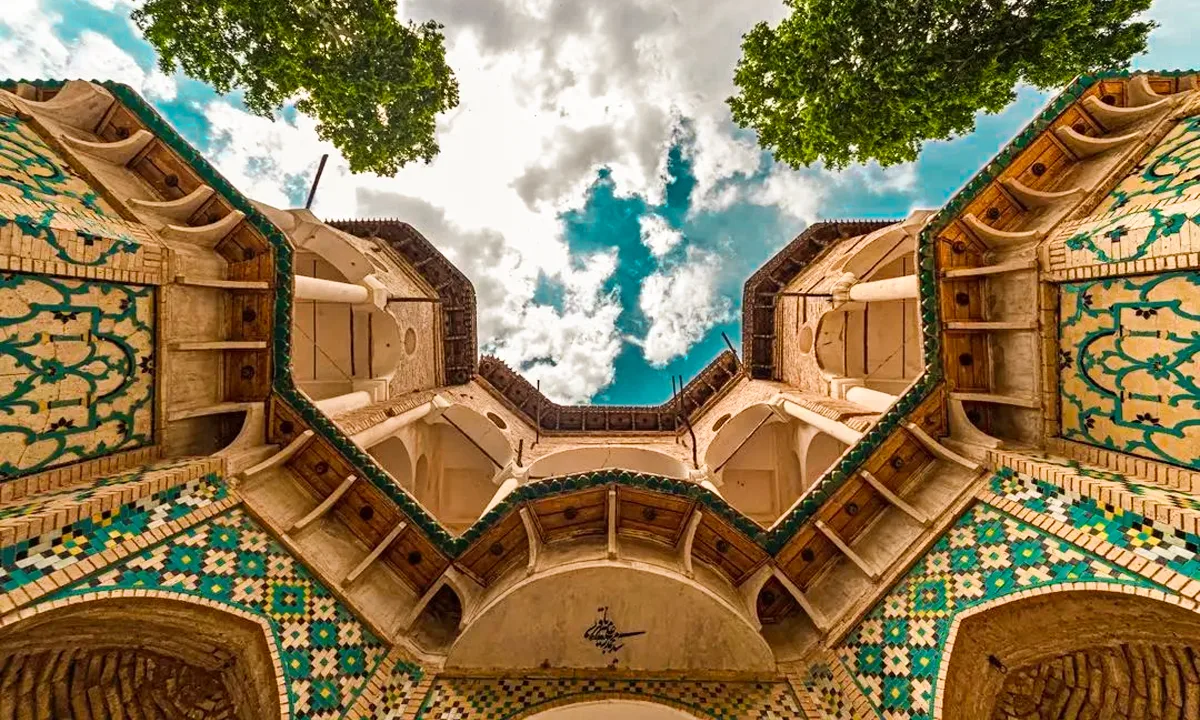
Iranian architecture, with its rich history and unique styles, is a testament to the nation's cultural and artistic heritage. From the grandeur of ancient empires to the intricate designs of Islamic art, Iranian architecture reflects a blend of influences and innovations that have left a lasting mark on the world. Drawing insights from Helen Gardner's "Art Through the Ages," let's explore the key elements and historical evolution of Iranian architecture.
A Journey Through Time: The Historical Development of Iranian Architecture
Pre-Islamic Period: The Achaemenid Marvels
The journey of Iranian architecture begins with the Achaemenid Empire, one of the ancient world's great civilizations. The Achaemenids, who ruled from the 6th to the 4th centuries BCE, left behind monumental structures like Persepolis, the ceremonial capital. This site, with its grand columns, expansive terraces, and intricate reliefs, showcases the empire's architectural ingenuity. The use of massive stone columns topped with double-headed animal capitals is a hallmark of Achaemenid design, emphasizing both grandeur and detail.
Parthian and Sassanian Innovations
Following the Achaemenids, the Parthian and Sassanian dynasties introduced new architectural elements. The Parthians, known for their palace complexes, pioneered the use of the iwan—a large, vaulted space open on one side, often leading to a courtyard. This feature became a defining element in later Iranian architecture. The Sassanian Empire, which flourished from the 3rd to the 7th centuries CE, further developed these architectural innovations. The Taq Kasra (Arch of Ctesiphon) stands as a remarkable example, with its massive brick arch and grand facade.
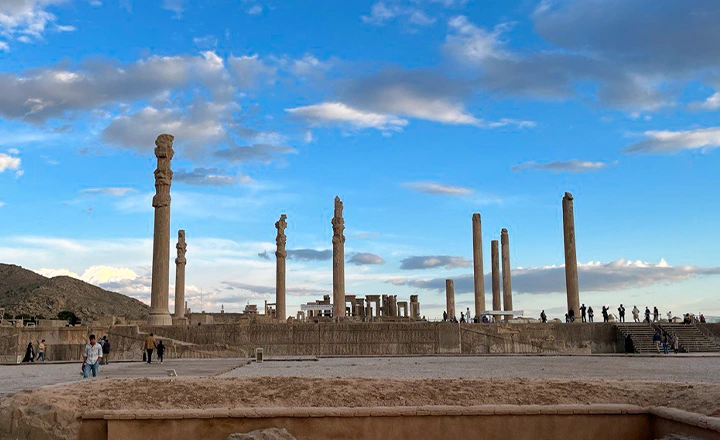
The Islamic Influence: A Flourishing of Persian Architecture
.webp)
Early Islamic Period: A New Dawn
With the advent of Islam in the 7th century, Iranian architecture underwent a significant transformation. Islamic principles and aesthetics were integrated into existing styles, resulting in a unique blend of Persian and Islamic elements. The early Islamic period saw the construction of numerous mosques, characterized by domes, minarets, and mihrabs (niches indicating the direction of Mecca). These elements, combined with the Persian love for intricate decoration, created a distinct architectural language.
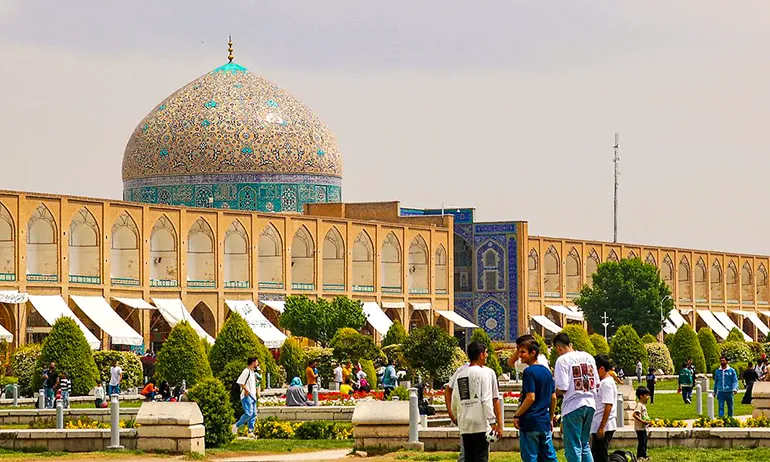
Seljuk and Ilkhanid Dynasties: Crafting Masterpieces
The Seljuk and Ilkhanid periods, spanning from the 11th to the 14th centuries, marked a golden age of Persian architecture. This era saw the development of muqarnas, a form of ornamental vaulting that adds a three-dimensional effect to domes and arches. The Jameh Mosque of Isfahan, with its impressive iwans and decorative tile work, is a quintessential example of this period's architectural achievements. The Seljuks also pioneered the use of geometric patterns and calligraphy as decorative elements, blending form and function seamlessly.
Safavid Dynasty: The Pinnacle of Persian Artistry
The Safavid era, beginning in the 16th century, represents the zenith of Persian architectural innovation. Isfahan, the Safavid capital, became a showcase of Persian architectural brilliance. The Imam Mosque, with its stunning blue and turquoise tiles, intricate calligraphy, and soaring dome, exemplifies the aesthetic and spiritual aspirations of this period. The Sheikh Lotfollah Mosque, renowned for its exquisite interior tile work and unique asymmetrical design, highlights the Safavids' mastery of color and form. The Ali Qapu Palace, with its grand terrace overlooking the Naqsh-e Jahan Square, reflects the opulence and sophistication of Safavid architecture.
Defining Characteristics and Elements of Iranian Architecture
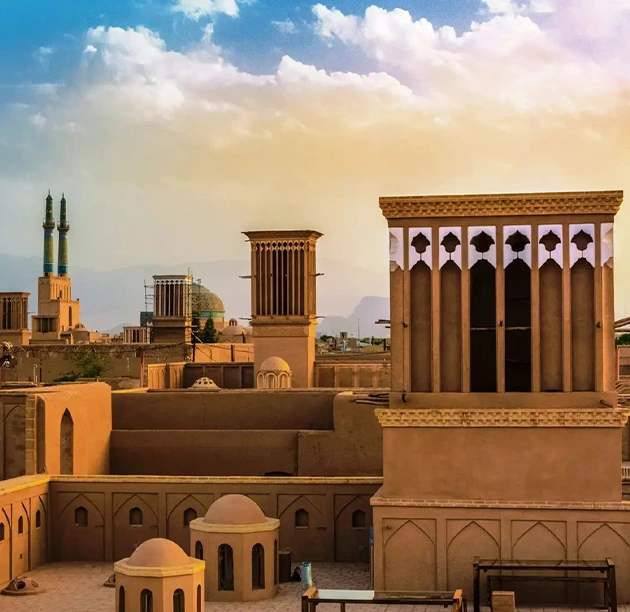
Architectural Elements: Arches, Domes, and Iwans
Iranian architecture is distinguished by its use of arches, domes, and iwans. These elements are not merely structural but are also imbued with symbolic meanings. The dome, often adorned with colorful tiles, represents the heavens, while the iwan serves as a transitional space between the outer and inner sanctuaries. Courtyards, another common feature, provide a serene space for reflection and community gatherings.
Decorative Arts: The Language of Beauty
The decorative arts play a crucial role in Iranian architecture. Calligraphy, often featuring verses from the Quran, adorns walls and ceilings, elevating the spiritual ambiance of a space. Tile work, known as "Kashi," uses geometric patterns and floral motifs to create stunning visual effects. Stucco and intricate carvings further enhance the aesthetic appeal, showcasing the craftsmanship and artistic sensibilities of Iranian artisans.
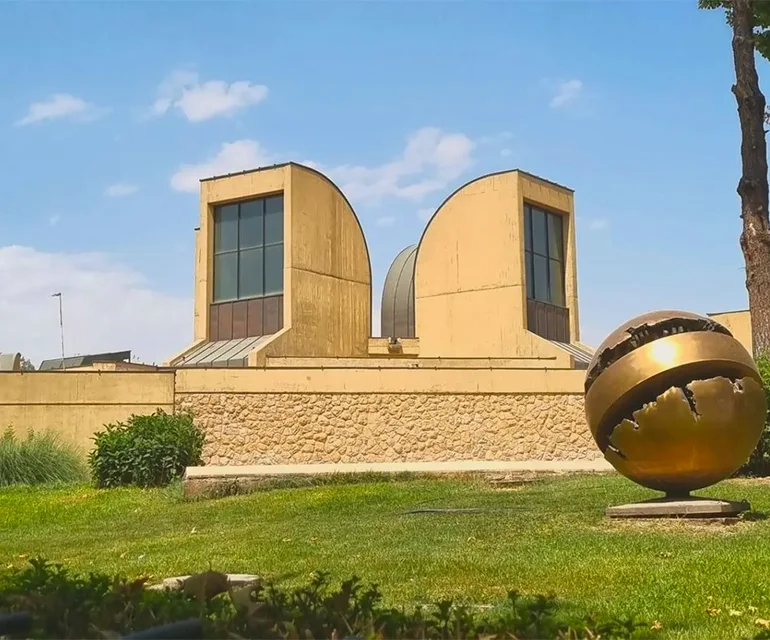
Materials and Techniques: Crafting Timeless Structures
The choice of materials and construction techniques in Iranian architecture is both practical and artistic. Brick, stone, wood, and ceramics are commonly used, chosen for their durability and versatility. Vaulting techniques, perfected over centuries, allow for the construction of expansive and airy interiors. The use of structural innovations, such as the squinch (a construction technique that supports a dome over a square room), reflects the ingenuity of Persian architects.
The Legacy and Influence of Iranian Architecture
Iranian architecture has left an indelible mark on the Islamic world and beyond. Its influence can be seen in the architecture of Central Asia, India, and even parts of Europe. The gardens of Persian architecture, known as Chahar Bagh (Four Gardens), with their symmetrical layout and water features, have inspired garden designs worldwide. The meticulous attention to detail and the harmonious integration of decorative arts into architecture continue to inspire modern architects and designers.
Important architectural sites in Iran
| Site Name | Location | Historical Period |
|---|---|---|
| Persepolis | Shiraz | Achaemenid Empire |
| Naqsh-e Jahan Square | Isfahan | Safavid Dynasty |
| Golestan Palace | Tehran | Qajar Dynasty |
| Sheikh Lotfollah Mosque | Isfahan | Safavid Dynasty |
| Pasargadae | Fars Province | Achaemenid Empire |
| Nasir-ol-Molk Mosque | Shiraz | Qajar Dynasty |
| Earth City of Yazd | Yazd | Various, including Achaemenid |
| Ali Qapu Palace | Isfahan | Safavid Dynasty |
| Si-o-se-pol Bridge | Isfahan | Safavid Dynasty |
| Tomb of Hafez | Shiraz | Qajar Dynasty |
| Sultan Amir Ahmad Bathhouse | Kashan | Safavid Dynasty |
| Khaju Bridge | Isfahan | Safavid Dynasty |
| Tabriz Historic Bazaar Complex | Tabriz | Various, flourishing in the 13th century |
Last Word: A Timeless Heritage
Iranian architecture, with its rich history, diverse influences, and innovative designs, stands as a testament to the country's cultural and artistic achievements. From the ancient palaces of Persepolis to the stunning mosques of Isfahan, Iranian architecture continues to captivate and inspire. As we explore these architectural marvels, we gain a deeper appreciation for the beauty and complexity of Iran's cultural heritage.
Whether you're an architecture enthusiast, a history buff, or simply curious about Iran, exploring Iranian architecture offers a fascinating glimpse into a world where art, culture, and spirituality intertwine. Through its arches, domes, and intricate decorations, Iranian architecture tells the story of a nation and its people—a story that continues to resonate across time and space.
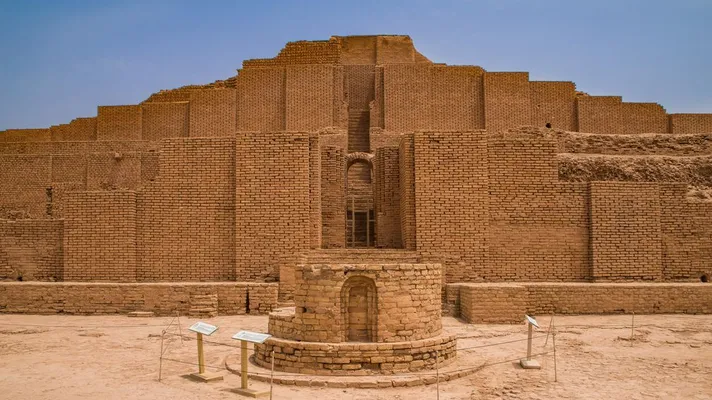
✔️Read More: Top Things to Do in IRAN
Further Reading
To further explore the rich tapestry of Iranian architecture and its historical and cultural significance, the following resources offer a wealth of information, ranging from scholarly works to visually stunning documentaries:
Books:
"The Architecture of Iran: The Complete History" by Sussan Babaie: This comprehensive guide covers the full spectrum of Iranian architecture from its prehistoric origins through to the present day.
"Persian Gardens and Garden Pavilions" by Donald N. Wilber: Delve into the history and beauty of the Persian garden, an essential element of Iranian culture and architecture.
"Iran: Architectural Guide" by Thomas Meyer-Wieser: A practical guidebook that offers insights into both historical and contemporary Iranian architecture, perfect for the architectural enthusiast or traveler.
Documentaries:
"Iran: Seven Faces of a Civilization": This documentary offers a glimpse into Iran's ancient cultural heritage, including its architectural marvels.
"Persia: The History of the Persian Empire": While focusing on the history of the Persian Empire, this documentary also showcases the architectural achievements of the era.
FAQ
Frequently asked questions about Iranian architecture.
What are the key features of Iranian architecture?
Iranian architecture is known for its distinctive features including elaborate tile work, monumental squares, grandiose mosques with towering minarets, and intricate designs. It incorporates a variety of elements from different eras and cultures, including Islamic, Mongol, and Turkic influences, while maintaining a unique Persian identity. The use of gardens, water features, and symmetrical designs also plays a crucial role, reflecting a deep connection with nature and the Islamic concept of paradise.
How has Iranian architecture evolved over the centuries?
Iranian architecture has a rich history spanning several millennia, evolving through various dynasties such as the Achaemenids, Sassanids, and later Islamic caliphates. Despite invasions and cultural influences from Mongol, Turkic, and Islamic invaders, it has retained a distinct Persian essence. Over time, it absorbed and integrated these diverse influences, leading to the development of unique styles that include the use of iwans (porches), domes, and extensive decorative arts, showcasing the country's innovative spirit and adaptability.
Can you name some UNESCO World Heritage Sites related to Iranian architecture?
Iran boasts numerous UNESCO World Heritage Sites that celebrate its architectural heritage. Notable examples include the ancient ruins of Persepolis, symbolizing the Achaemenid Empire's power; the Meidan Emam in Esfahan, known for its stunning mosques and palaces; the historic city of Yazd, which reflects the adaptation of architecture to desert environments; and the Golestan Palace in Tehran, showcasing 19th-century Qajar architectural innovations. These sites exemplify the richness and diversity of Iranian architectural tradition.
Why is Iranian architecture important in the study of world heritage?
Iranian architecture is crucial in world heritage studies because it represents a remarkable fusion of cultural influences over millennia, reflecting the social, political, and religious dynamics of the region. Its enduring legacy demonstrated through innovative designs, engineering feats, and artistic achievements, offers invaluable insights into human civilization's development. Moreover, Iranian architecture's emphasis on beauty, harmony, and integration with the environment highlights universal values that contribute to our understanding of cultural identity and sustainability.

.webp)

